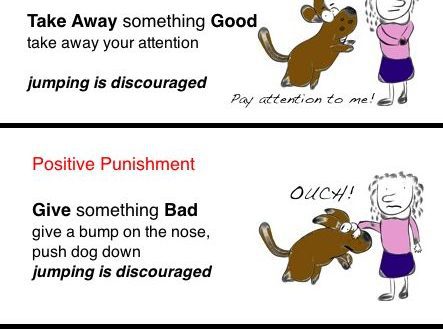
Tension leash aggression
Teaching a dog to walk on a slack leash and not pull on the leash yourself is a necessary skill for any owner. After all, a sagging leash is not only a matter of comfort, but also of safety.
If, for example, two dogs meet, then a tight leash may well provoke a fight. The fact is that a pulling dog in the eyes of relatives demonstrates a clear intention to attack: it leans forward, its body is tense – in general, a provocateur. In addition, a tight leash makes it impossible to demonstrate the normal signals of greeting and reconciliation. And the other dog, seeing this, rushes to the attack, corny to protect himself. As a result, creatures that would have dispersed peacefully without leashes or on sagging leashes arrange a bunch of mala, and it’s good if without serious bodily harm.
In addition, a tight leash gives the dog the illusion of a close connection with the owner and his support in conflict situations. And she herself will not think again before getting involved in a fight – after all, together you are strong.
Another reason to refuse to drive a dog on a tight leash is overexcitation of the animal. The fact is that a tight leash increases the level of arousal, which means that all emotions, and most often negative ones: fear and anger. In addition, a dog on a taut leash has no chance to avoid unpleasant situations – the leash does not make it possible to maneuver.
That is why it is vital to teach your dog to walk on a loose leash.
You will learn how to do this, as well as many other things, in our video courses on raising and training dogs in humane ways.





